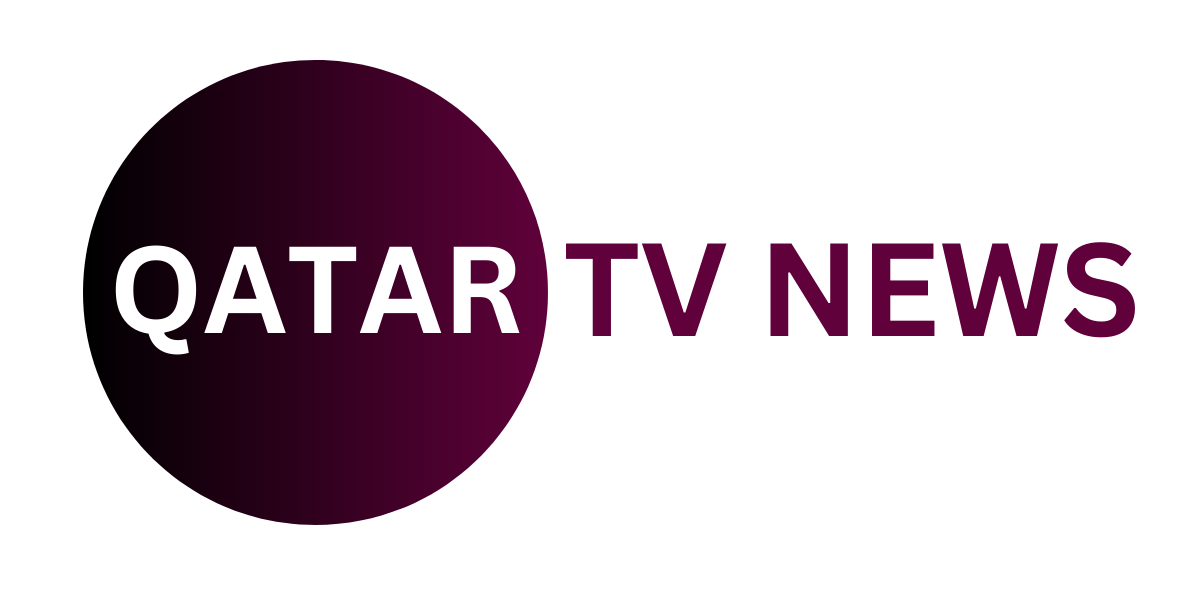President Donald Trump heads to the Middle East on Sunday, entering a region teetering between a nascent peace and a swift return to conflict. While his trip is meant to celebrate a ceasefire deal between Israel and Hamas, the truce is fraught with uncertainty, with fundamental disagreements threatening to unravel the progress made.
The core of the fragility lies in the unresolved endgame. While the first phase—a hostage-prisoner exchange and an aid surge—is underway, there is no clear agreement on what comes next. Israel, under Prime Minister Benjamin Netanyahu, remains adamant that its military objective to demilitarize Hamas will proceed after the hostages are home, stating the “sword is still on its neck.”
This hardline stance clashes with the reality that Hamas, though militarily weakened, remains an intact organization. Experts like H.R. McMaster, Trump’s former national security adviser, put the chances of Hamas disarming at “pretty close to zero,” predicting that Israeli forces will ultimately have to resume operations to destroy the group.
Complicating matters further is the broader Israeli-Palestinian context. Israel continues to face international condemnation over its settlement expansion in the occupied West Bank and allegations of genocide at the UN’s highest court. This deep-seated conflict makes a sustainable, long-term peace exceedingly difficult to achieve, regardless of the current ceasefire’s terms.
Trump’s mission is therefore twofold: to shepherd the delicate truce through its initial stages and to leverage any momentum for his grander vision of regional realignment. His success will depend on whether this fragile pause can transform into a genuine opportunity for dialogue on the toughest issues that have long plagued the region.

